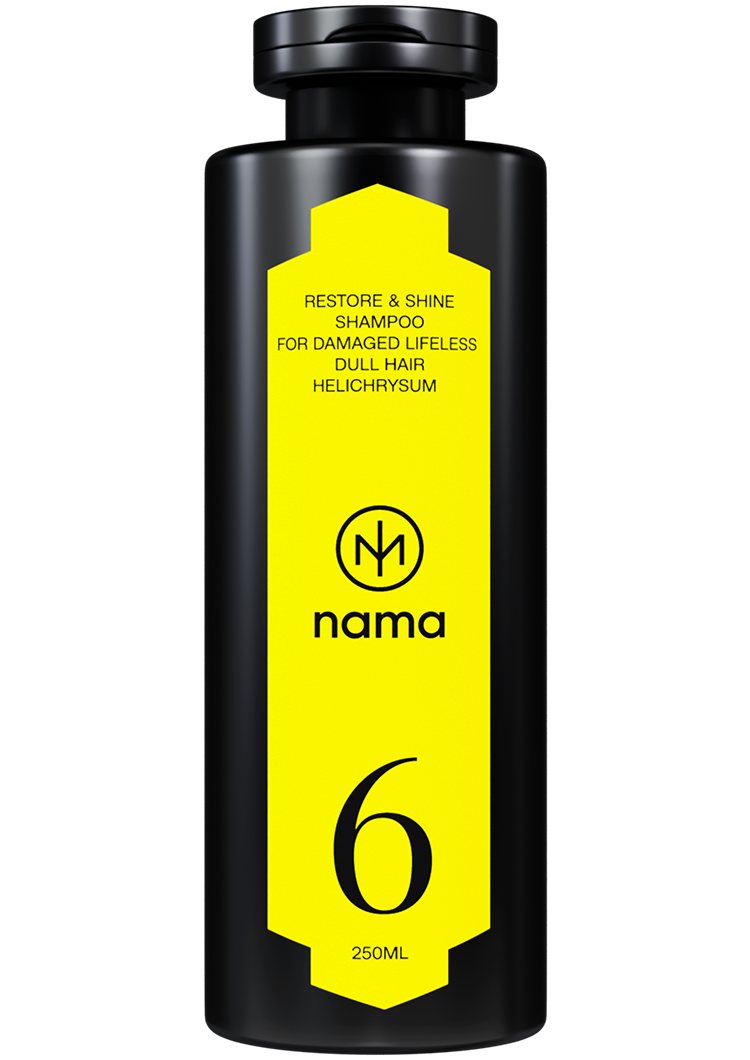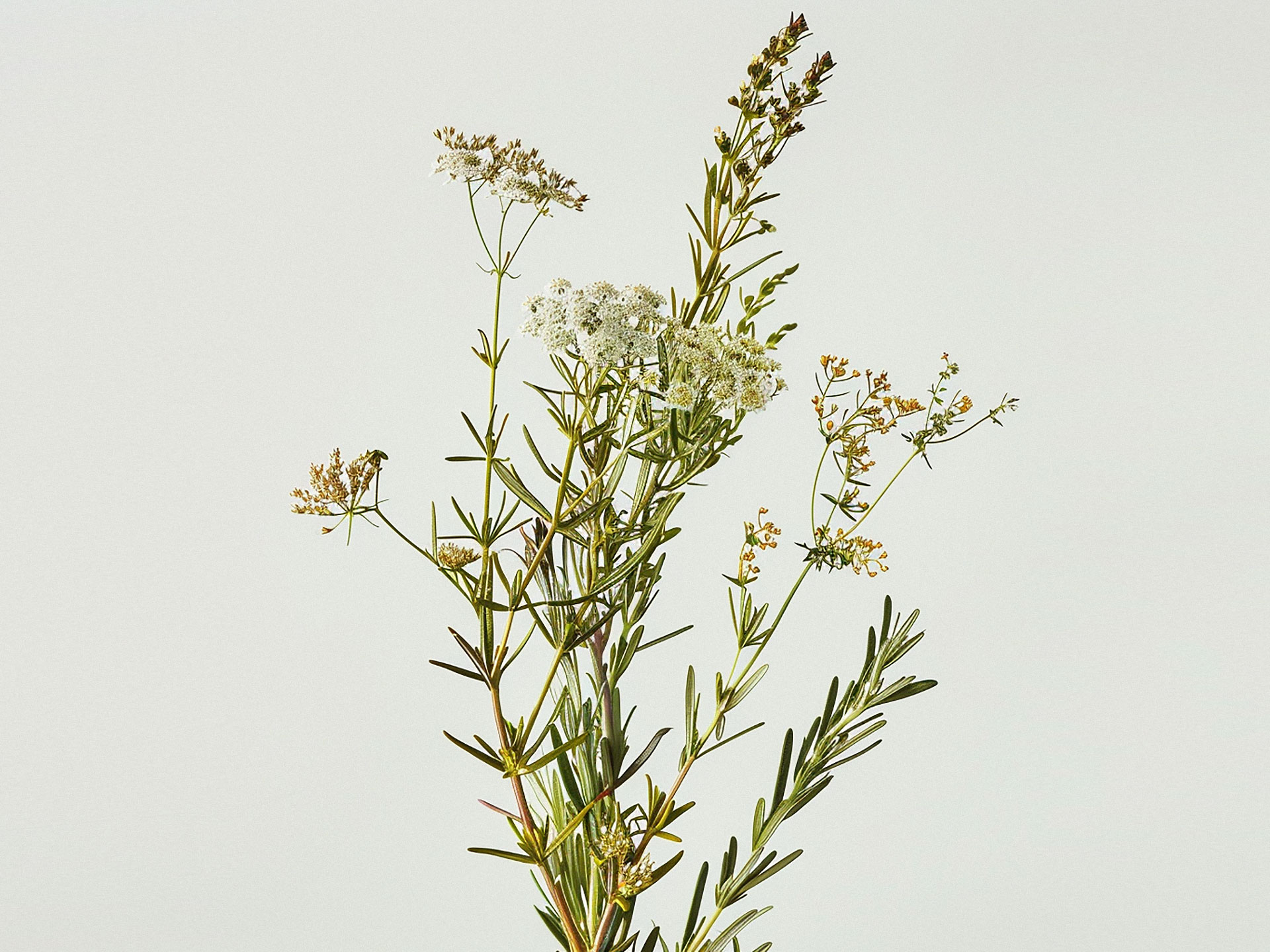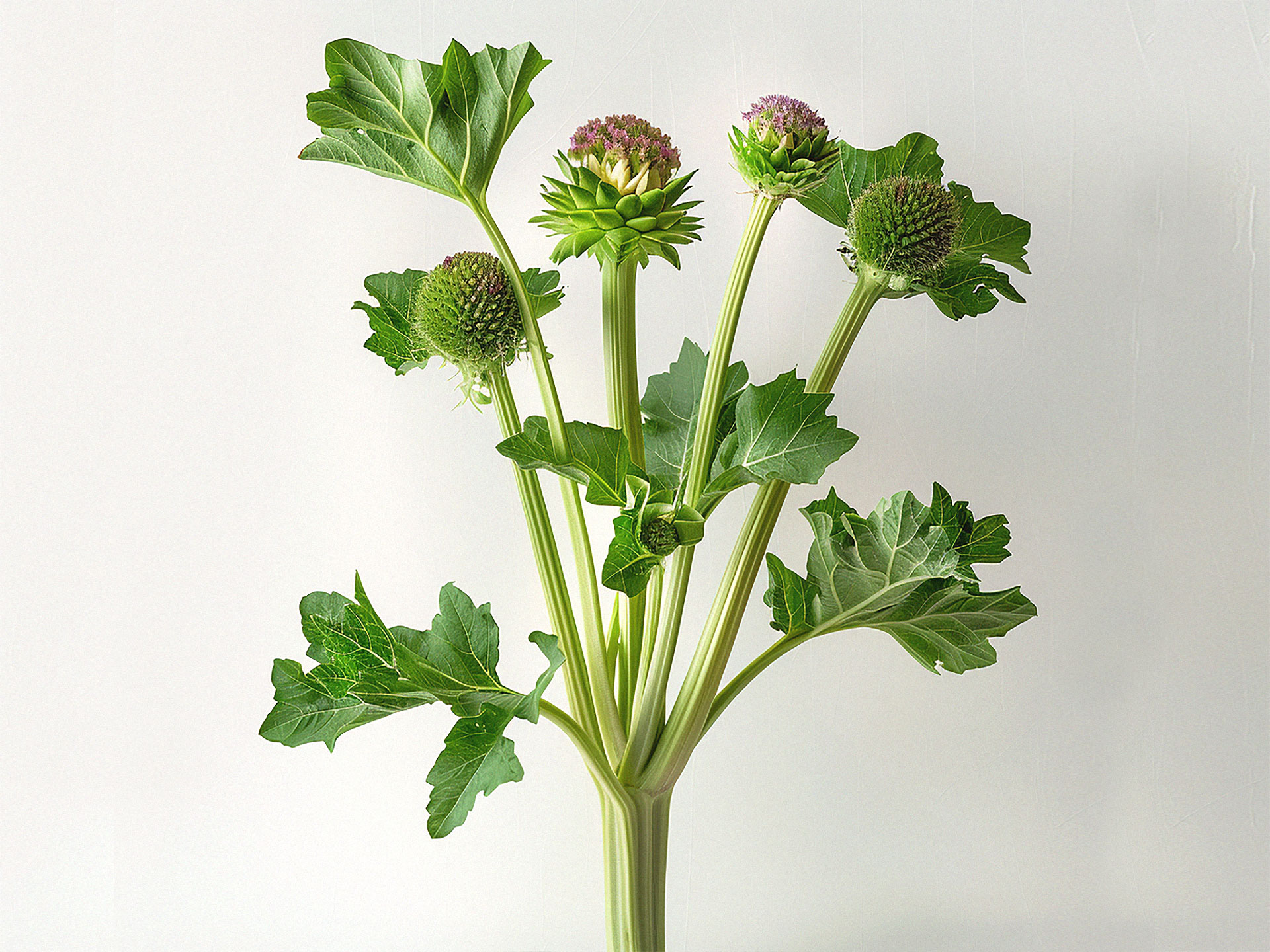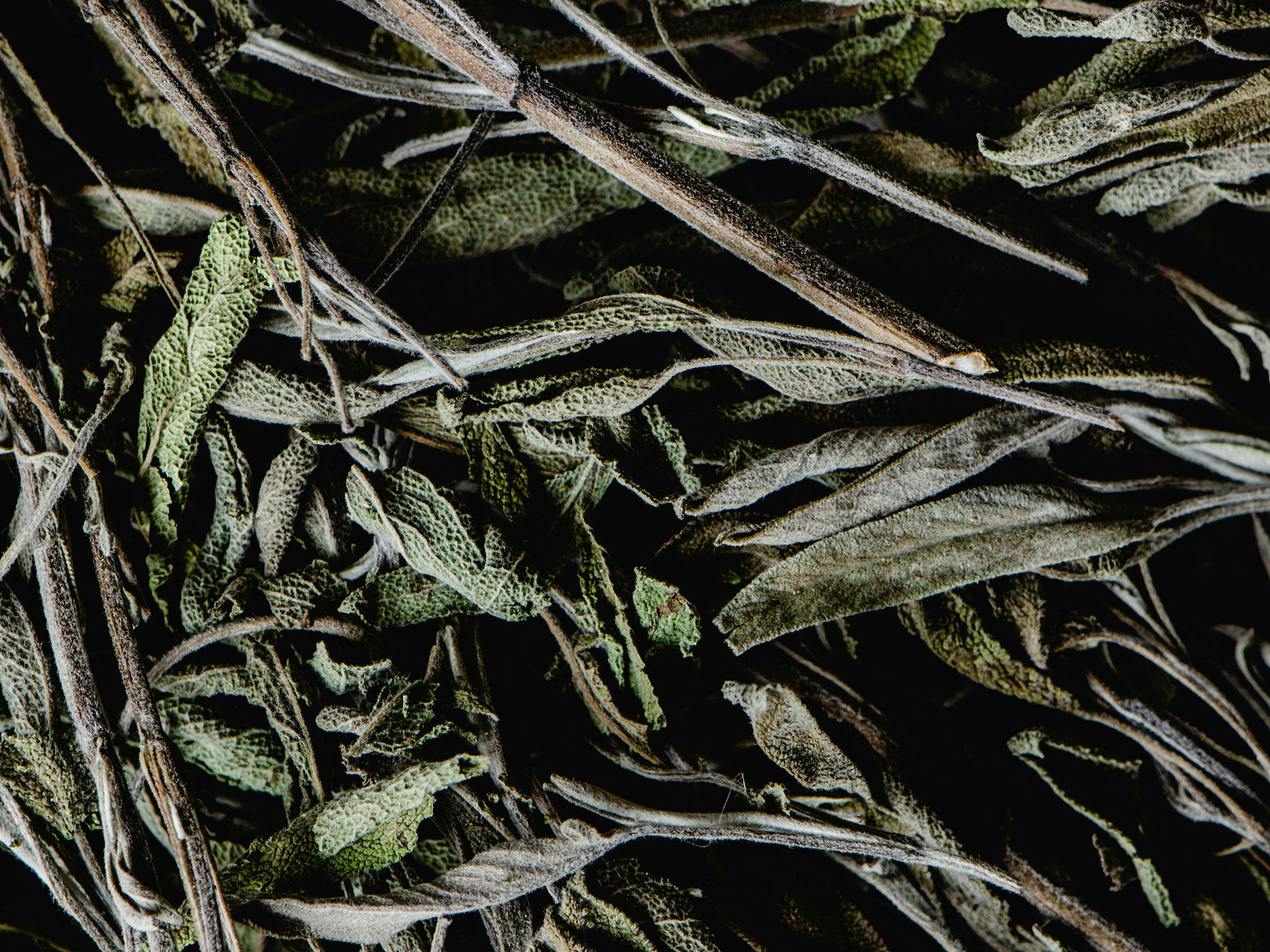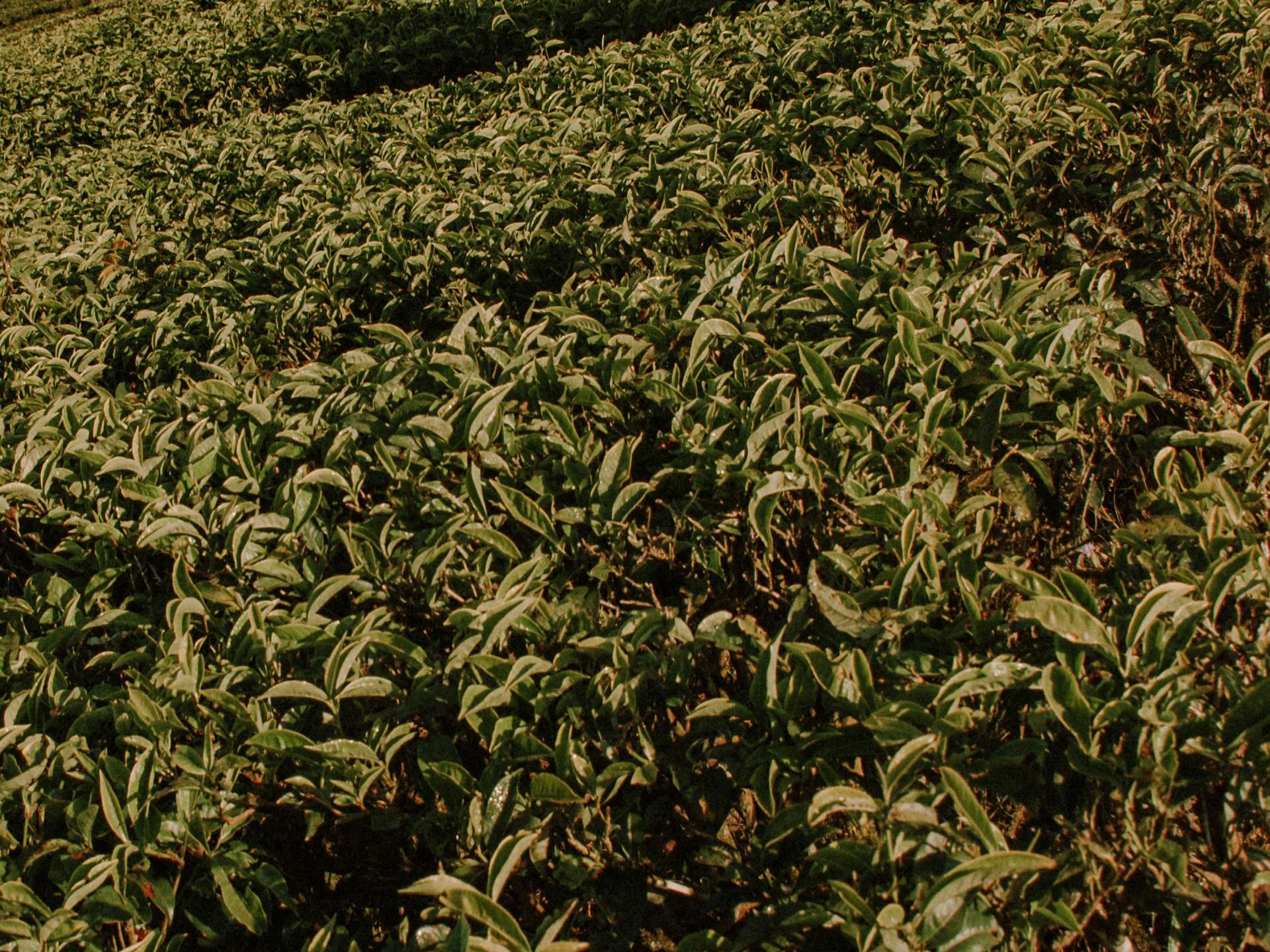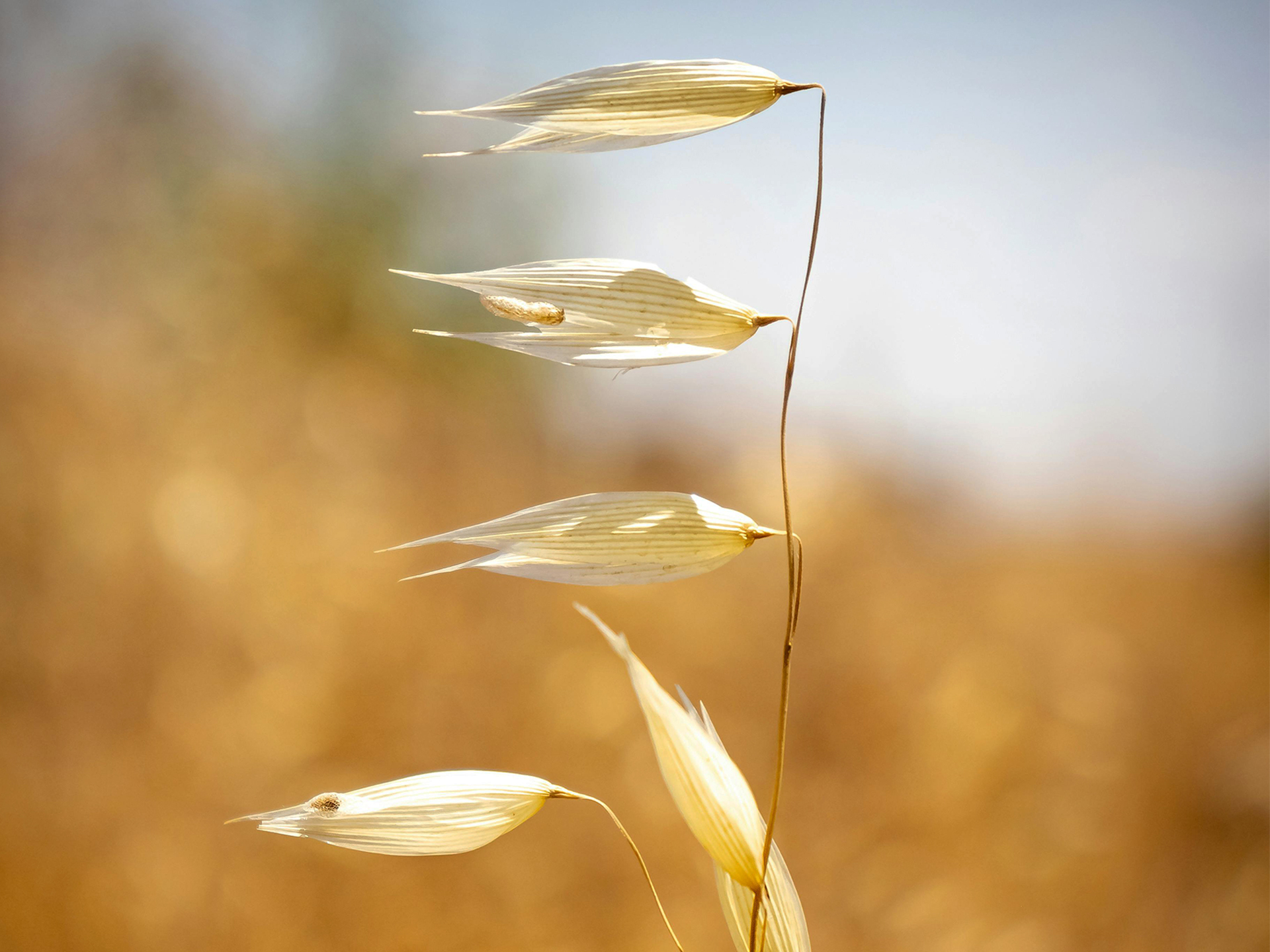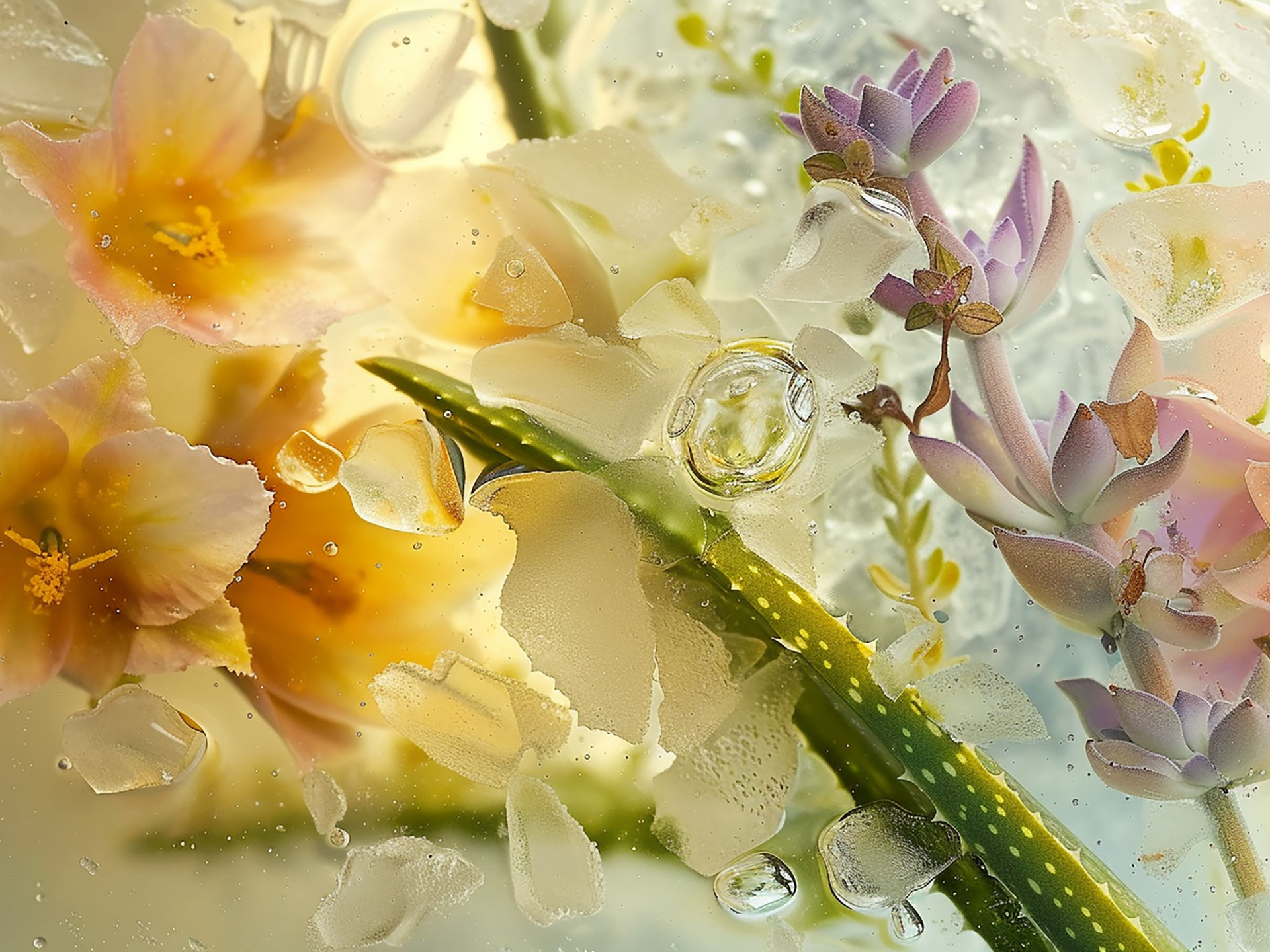6

In ancient Greece, Helichrysum was a symbol of everlasting youth. Present in many legends and stories, from Homer’s Iliad to Alexander the Great, it is said it stayed vibrant even after being picked to create offerings to the immortal gods. Theophrastus, the alleged founder of Botanology and student of Aristotle, praised its calming qualities, making it a favorite in early botanical gardens.
Helichrysum is loaded with beneficial components like flavonoids and tannins, giving it powerful antioxidant and anti-inflammatory effects. Its extracts are proven to provide broad-spectrum UV protection, making it a star ingredient in sunscreens. It’s also a natural healer, reducing redness and helping to repair damaged skin.
REFERENCES
1. Bianchini A, Tomi P, Costa J, Bernardini AF (2001) Composition of Helichrysum italicum (Roth) G. Don fil. subsp. italicum essential oils from Corsica (France) – Flavour and Fragrance Journal, 16(1):30-34.
2. Poggi P (2010) Fitocosmesi il libro. A Oriente:243-246.
3. Jarzycka A, Lewinska A, Gancarz R, Kazimiera A (2013) Assessment of extracts of Helichrysum arenarium, Crataegus monogyna, Sambucus nigra in photoprotective UVA and UVB; photostability in cosmetic emulsions. Journal of Photochemistry and Photobiology B: Biology. 128:50 – 57.
4. Barroso MR, Barros L, Duenas M, Carvalho AM, Santos-Buelga C, Fernandes IP et al (2014) Exploring the antioxidant potential of Helichrysum stoechas (L.) Moench phenolic compounds for cosmetic applications: chemical characterization, microencapsulation and incorporation into a moisturizer. Industrial Crops and Products. 53:330-336.

